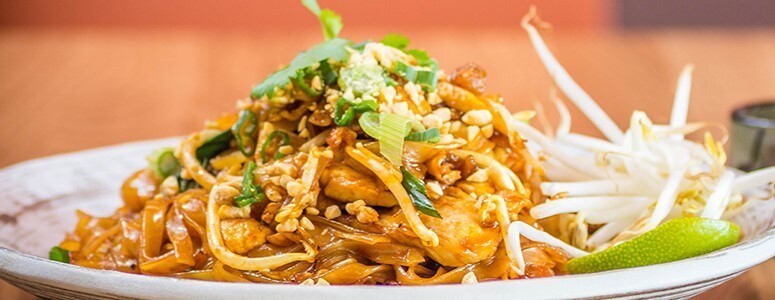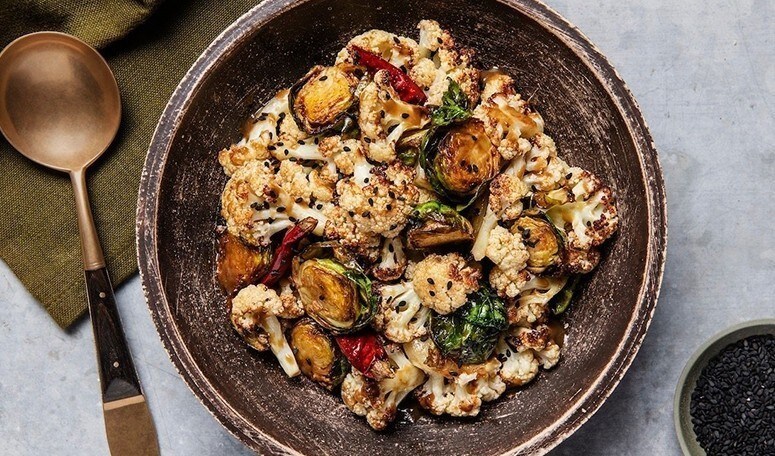Diners are increasingly relying on plants as a go-to source of protein. One thing driving this interest is the dietary benefits. Another is the increased conversation around animal welfare.
If there was ever a time to think beyond boring veggie burgers and branch out into plant-based “faux foods”—foods that look and taste like meat but aren’t - it’s right now!


Don’t equate faux food with the non-edible plastic meals you see outside of some restaurants. Instead, think of fake food as “masquerading” food, or one food that impersonates another. Consider:
- Textured vegetable protein instead of ground beef
- Shiitake mushroom “bacon”
- Tempeh for chicken or sausage
- Seitan as a salad protein equivalent or in place of deli meat

Plant-based protein is tied to a number of positives for people and the planet. Swapping meat for plants reduces saturated fat and increases the fiber and vitamin content of dishes. For your diners this means reduced risks for diabetes, cancer, and heart disease. Also, plants require fewer environmental resources like water and space, which can offset climate change – something your sustainable-future-advocating diner would be aware of! Finally, vegetarian proteins are food sources that animal lovers can feel good about eating, since no farm animals were harmed in the process of making that vegan burger you have on your menu.


The proverb “we eat first with our eyes” makes it essential to have foods appear as similar to the originals as possible:
- Pull jackfruit like beef, add it to barbeque sauce, and place atop a bun with coleslaw to make a visual double for a pulled-beef sandwich
- Bread, fry and toss seitan in chipotle-honey sauce to create a chicken nugget clone.

Cooking your veggie protein to the right texture will have your diners satisfied about embracing vegetables. The key is to match the consistency of a vegetable with the meat it’s replacing.
- Mix quinoa into mashed beans as a toothsome swap out in tacos or meatballs
- While not technically a vegetable, nuts are often added to plant-based burgers for texture and added ‘meatiness’. They also add some bite to meat loaf and traditionally mince-based meals.


Globally trending cuisines from Asia offer a ripe playground for chefs when it comes to swapping out meat for faux meat or going all-out veg. These cuisines are often naturally vegetarian. Also, their enhanced spicing can cover differences between animal and vegetable proteins, and therefore mimic original dishes more closely.
- Use unripe jackfruit in Indonesian curries.
- Punch up the protein level of Pad Thai with tofu.


Umami is most often associated with a savory or meaty flavor. While meat traditionally brings umami, plenty of vegetarian foods do as well. Examples are aged cheeses, mushrooms, soy sauce, tomatoes, and red wine.
- Add meaty flavor to hearts of palm “crab cakes” with a ginger-soy dipping sauce.
- Top brioche toast points with red-wine mushroom stew.
